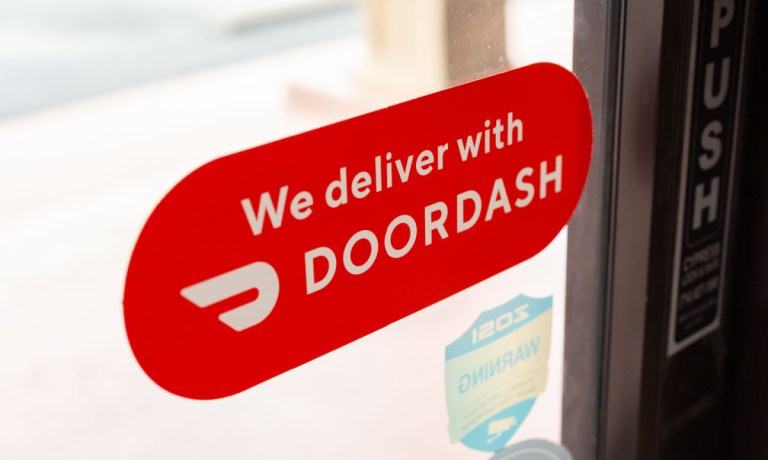
As restaurant aggregators race to offer consumers with the widest range and highest quality of options, DoorDash is looking to make it easier for restaurants to get on the platform.
The United States’ leading aggregator announced this week that it is partnering with point of sale (POS) integration solution providers ItsaCheckmate and Deliverect to launch Self-Serve Integration Onboarding, reducing friction from the process of getting on the marketplace for merchants.
These capabilities allow “select” restaurants to cut down the onboard time from a period of weeks to days directly from either of the two partners without roping in a representative.
As they juggle on-premises dining and off-premises options, “restaurateurs are strapped for time and often don’t have additional resources to devote to troubleshooting onboarding,” Ruth Isenstadt, head of U.S. restaurants at DoorDash, said in a statement. “Partnering with ItsaCheckmate and Deliverect to enable thousands of restaurants to start connecting with customers on DoorDash quickly is one way we’re innovating to set an even stronger foundation for early days on our platform.”
The aggregator noted in the news release that “roughly four in five” restaurants can get onto the marketplace without the assistance of a DoorDash representative.
The news comes as restaurants look for simpler technology options, creating an opportunity for aggregators to win their loyalty if they can offer more frictionless solutions. In an interview with PYMNTS in the fall, ItsaCheckmate founder and CEO Vishal Agarwal explained that, as more and more digital ordering channels become available, it is increasingly important for restaurants to have straightforward, unified tools to manage their tech stacks.
“If [the consumer is] more comfortable texting an order or telling Amazon Alexa to get me my pizza, that’s great [for them], but I think the problem comes with the restaurant operators,” Agarwal said. “How do they manage so many different channels? … I think that’s going to be the next big evolution of these ordering platforms.”
DoorDash competitor Grubhub, for its part, announced its expanded partnership with ItsaCheckmate early last year, not offering self-service onboarding but simplifying digital order management for merchants.
Plus, using aggregators can be essential for restaurants ability to reach a significant share of consumers. Even Domino’s Pizza, famously a holdout for so long, caved and made its offerings available on Uber Eats earlier this month.
According to data from the study “Connected Dining: Third-Party Restaurant Aggregators Keep the Young and Affluent Engaged,” an exclusive PYMNTS report based on a survey of more than 2,200 U.S. consumers in March, in the last six months, 40% of all survey respondents have used an aggregator at least once.
Most consumers are not using these aggregators for discovery but rather to access a certain restaurant more conveniently. Fifty-eight percent of aggregator users reported that they have made their restaurant choice before logging in to a platform most or all of the time.
Ultimately, restaurants need to meet their consumers wherever they would like to order, or they risk losing out on valuable sales opportunities.
“It’s really about figuring out how the customer wants to buy, and meeting them in that experience,” Bill Fultz, vice president of point of sale at Heartland, a Global Payments company, told PYMNTS in an interview for the latest edition of our B2B and Digital Payments Tracker®, “Inflation Puts Technology on the Menu for Restaurants,” created in collaboration with American Express. “Sometimes that’s through technology, and sometimes [it’s through] some more traditional practices.”